Posted: Mar 18, 2019
Updated: Oct 10, 2024
People tend to say “life is not a race”, and it certainly isn’t. But for those who used to participate in the Paris Dakar rally in Senegal, every single race was worth it, in its own merits. The Paris Dakar rally (1978 – 2008) was one of the most coveted rally raids in Africa in its time. The off-road racing competition featured motorbikes, quads, UTVs, cars, and trucks, arduously trying to win the grand prize and all the fame that came with it. An enthralling experience, this raid rally is one of the top things to do when visiting Senegal.
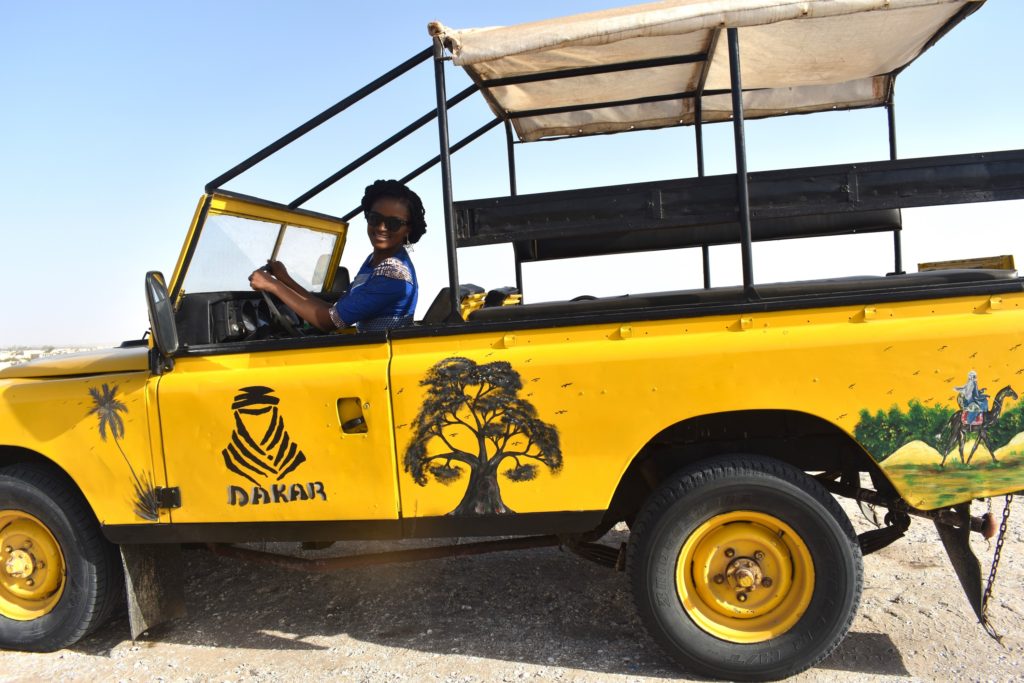
Table of Contents
History of the Paris Dakar Rally
The Paris Dakar rally in Senegal was founded by a French motorcycle racer, wrangler and adventure lover, Thierry Sabine. His love for adventure and action was both a source of excitement, and unfortunately the cause of his demise. In 1977, after taking part in a similar motorcyle race organized by Jean-Claude Bertrand, he got lost in the Libya desert, but was found 3 days later. When he learned that there would be no more edition of that race, he decided to start one of his own.
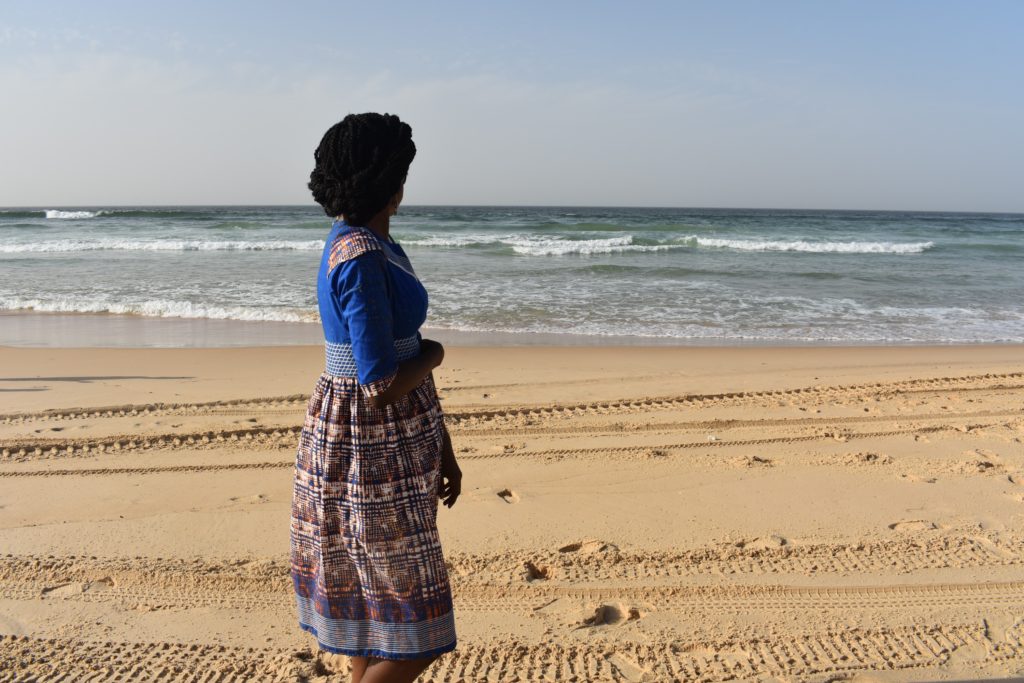
Thierry Sabine thought of a rally that would depart from Paris (due to its popularity and easy access to media coverage), and end in Dakar, passing through the mediterranean. A year later (December 26th, 1978), the first Paris Dakar rally in Senegal was launched, with 170 vehicles driven by enthusiastic motorcycle racers and adventure lovers. Every year, the Paris Dakar rally would have at least 2 500 participants.
How did the Paris Dakar rally work?
Amaros Sports Organization, which belongs to the French media group that also organizes the Tour de France, is the company that organizes the Paris Dakar Rally in Senegal.
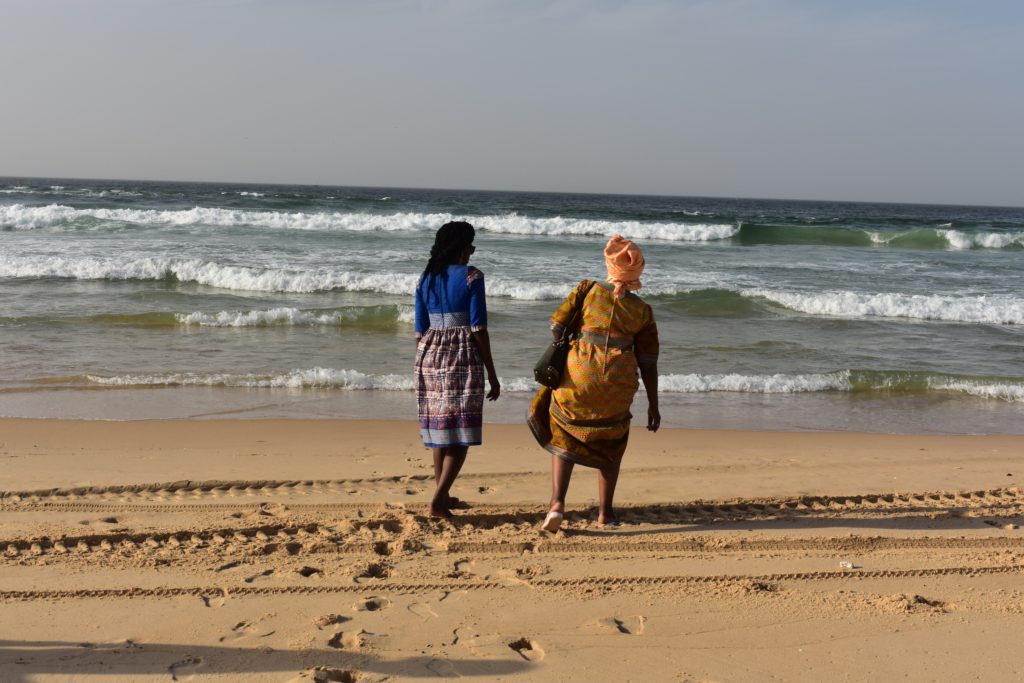
Participants would fly from Paris to one of the first transit countries in Africa. Then, they would race through the desert to the next stop over country (connected by the desert), until they reach their final destination in Dakar. The arrival point in Dakar is the end point of the rally, and that is one of the site you get to see when you visit Dakar.
Participants included car and motorcycle manufacturers such as Land Rover, Renault, Volkswagen, Mercedes, Lada, Mitsubishi, Peugeot, Porsche and Citroën.
The itinerary of the rally changed over time, with transit stops in Algeria, Mauritania, Niger, Egypt and Mali. From 1978 to 2008, the rally end point of the rally was this very spot in Dakar (see picture), except for the following years: 1992 (rally ended in Le Cap, South Africa), 1994 (ended in Marne-la-vallee, France), 2000 (ended in Cairo, Egypt) and 2003 (ended in Charm-el-Cheikh, Egypt). So as you’re riding through the sand dunes during your visit to Senegal, you’re crossing the same finish line that the competitors and winners of the Paris Dakar rally crossed. Tap yourself on the back! You’re making history.
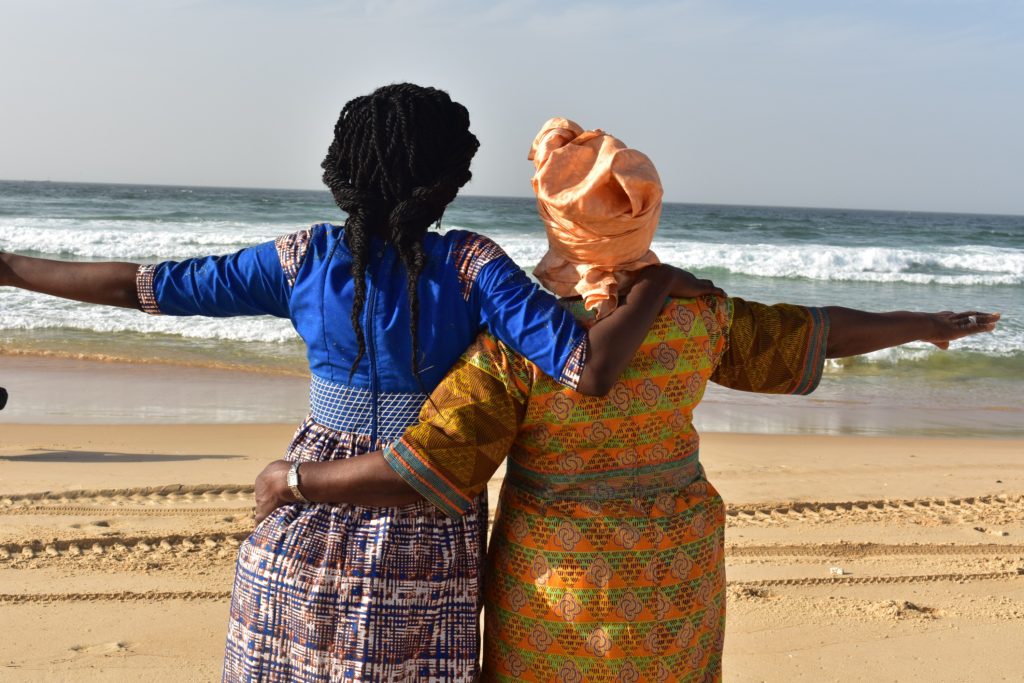
Bad Conditions, Bad Press, Bad Media
Accidents during the race and undesirable weather conditions brought a lot of negative media towards the Paris Dakar Rally. Oftentimes, uncontrollable winds and extremely dusty weather would delays, itinerary rerouting, or even death along the race. The Paris Dakar rally suffered a tragic loss when the founder, Thierry Sabine, died in a helicopter crash during the rally, along with three other people: singer Daniel Balavoine, the helicopter pilot, François-Xavier Bagnoud, the radio operator Jean-Paul Le Fur and journalist, Nathalie Odent. While they were in the Mali desert, a sudden sand-storm dawned upon them and they called for help. Reports indicate that they continued their course nonetheless, hoping to meet the help that was sent to them, along the way. Unfortunately, the Ecureuil Helicopter crashed in a sand dune in the Mali desert. There was no survivor.
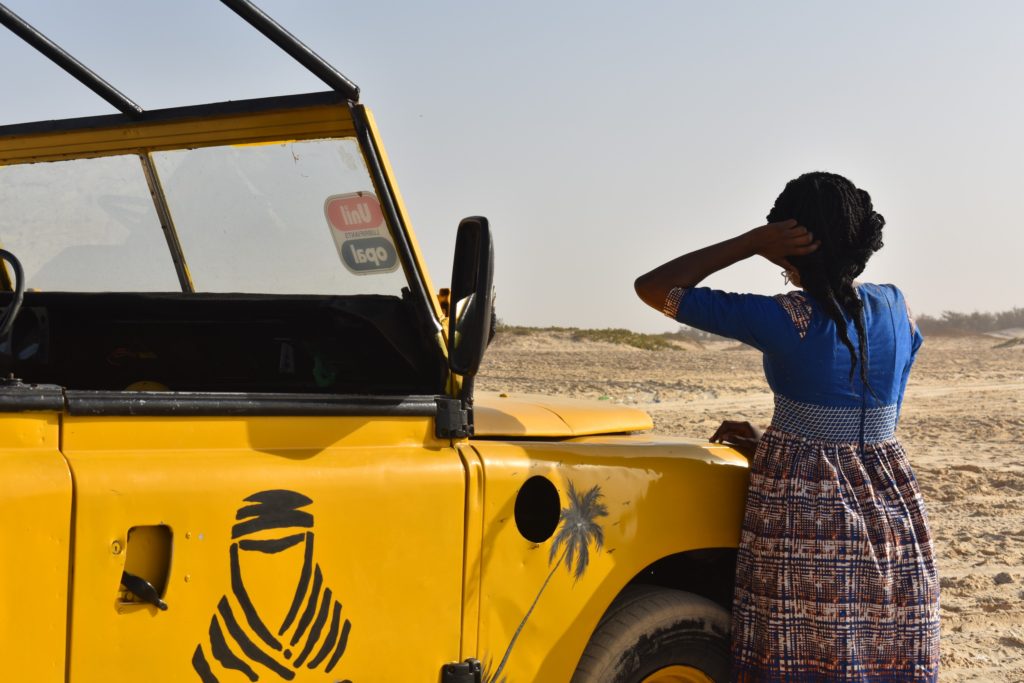
In the African countries that were part of the Paris Dakar rally itinerary, the rally had several benefits. These included media coverage, boosts in economy, and potentially, increase in tourist activity. However, the rally also brought in a lot of damage in the countries involved. The injuring (and sometimes, killing) of animals, livestock and humans by avid racers along the way (despite security measures) was a source of concern and bad press.
The Paris Dakar rally today
The last edition of the Paris Dakar rally took place in 2007. Since then, the organizers, Amaury Sports Organization, have completely switched the direction of the rally. It now travels through South America, with Buenos Aires (Argentina) and Lima (Peru) being the starting and ending points.
But for the true lovers of the original Paris Dakar rally, all is not lost! A similar race, the Africa Eco Race, was created in 2009. The Africa Eco Race focuses on ecotourism and sustainable development. The race crosses Morocco, West Africa, Mauritania and ends in Senegal. The Paris Dakar inspired another race, the Budapest – Bamako Race (also known as the Great African Run). This race runs through Hungary, Austria/Slovenia, Italy, France, Spain, Morocco, Western Sahara, Mauritania and ends in Mali. The next edition of the race is in January 31st, 2020.
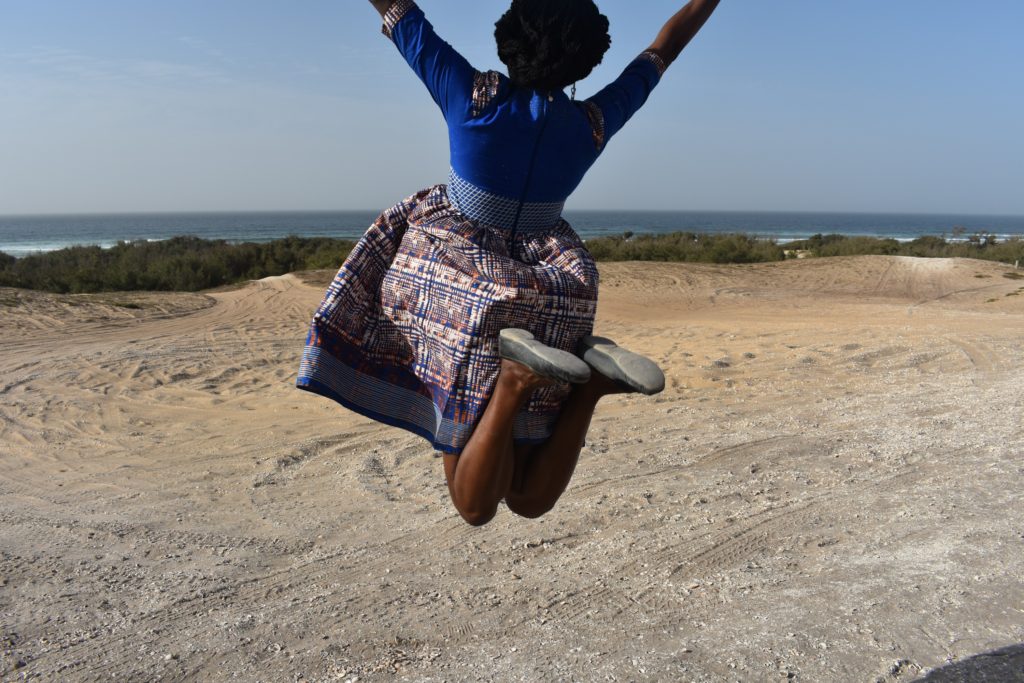
People tend to say “life is not a race”, and it certainly isn’t. But for those who used to participate in the Paris Dakar rally in Senegal, every single race was worth it. Even though the Paris Dakar rally is no more, its impact is still felt. The memories it created, live on. Now, racing through the Sahara desert or racing through life is not something I would do. But I hope that in reading this, you found something useful for you.
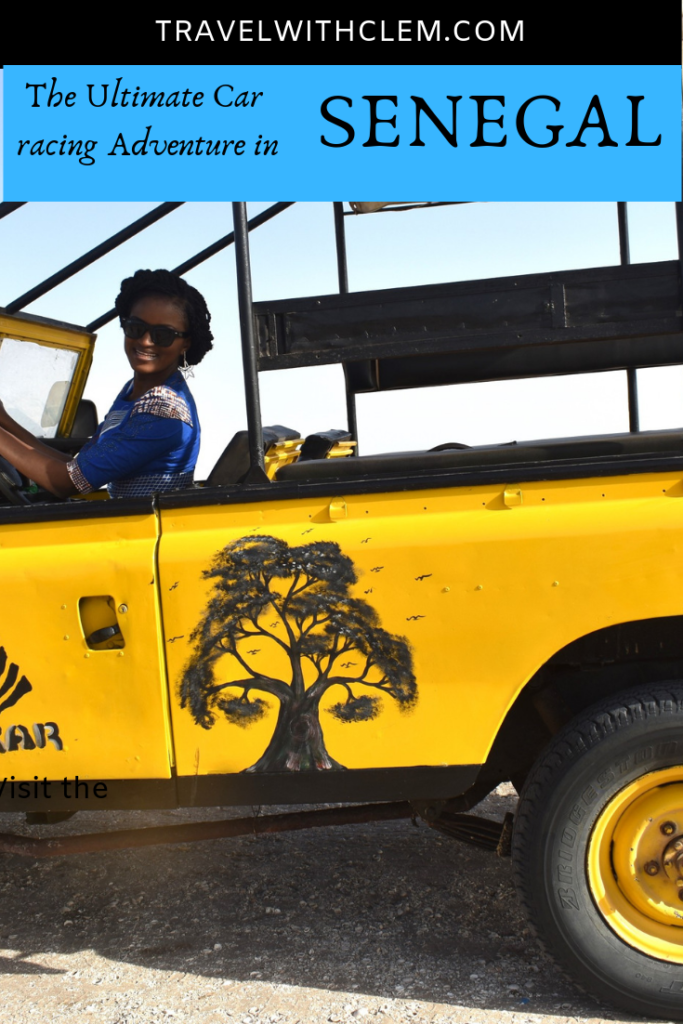


Leave a Reply